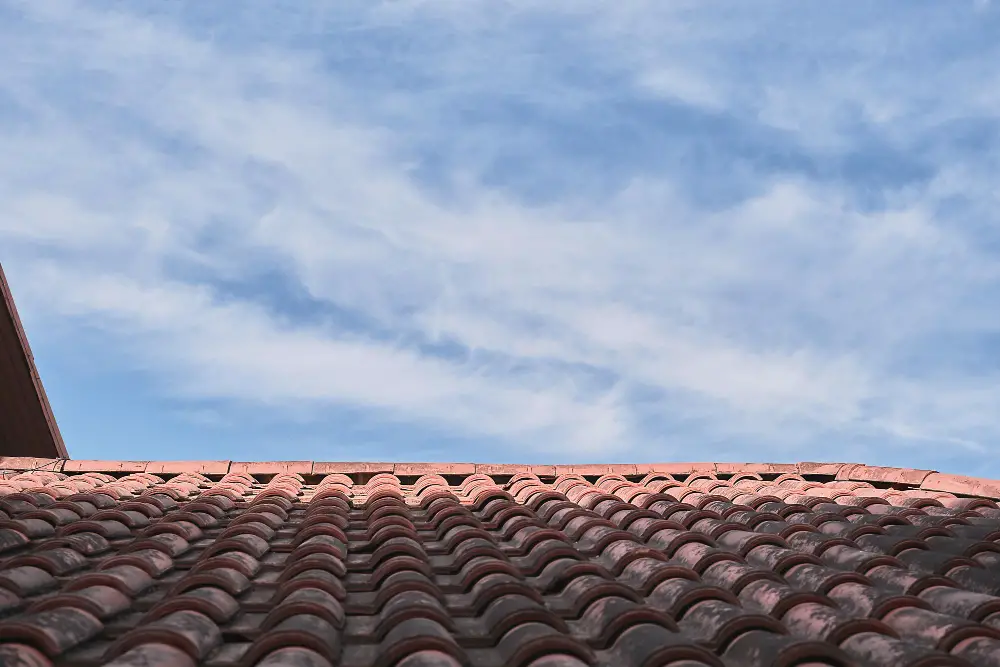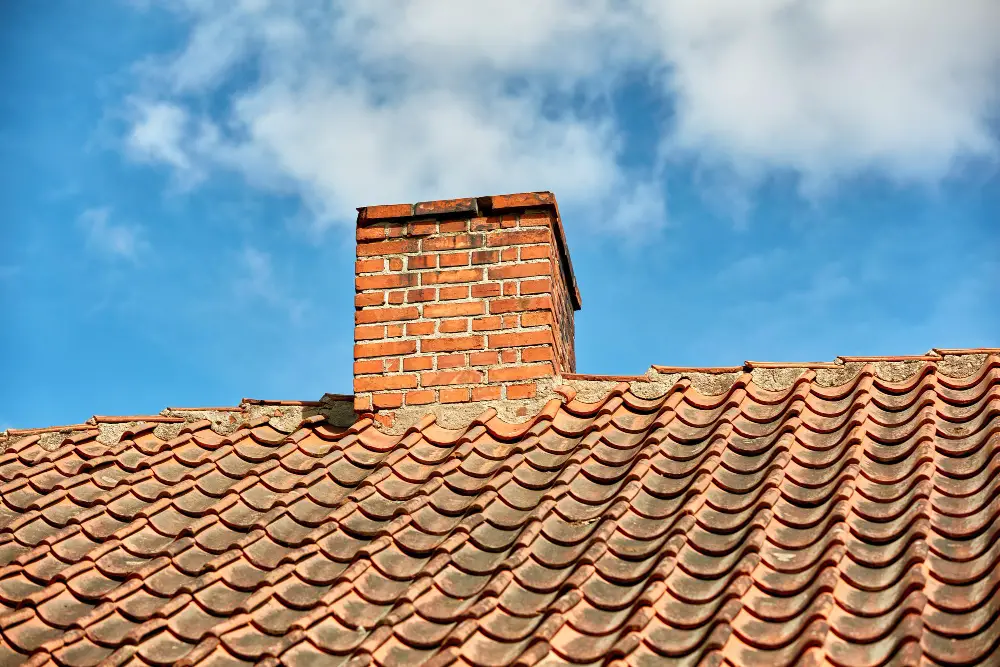Your home’s roof is your first line of defense against the elements, making its integrity and condition paramount to your property’s overall well-being.
Over time, wear and tear from storms, high winds, and the relentless march of time take their toll. Understanding the signs that indicate the need for roof replacement is critical in maintaining the safety, efficiency, and value of your home.
Discerning homeowners need to be vigilant, as the consequences of neglect can lead to costly repairs, energy inefficiency, and even structural damage. When you’re armed with knowledge and a proactive attitude, you can effectively protect your property’s most valuable asset.
Visible Signs of Wear and Damage

One of the most apparent indicators that your roof needs attention is visible wear and tear. Over time, roofing materials deteriorate due to constant exposure to the weather. Look for shingles that are cracked, bent, or missing altogether.
Loss of granulation, which leads to shingles looking bald, represents another symptom of an aging roof. These conditions compromise the roof’s ability to protect your home and could signal that it’s time to consider a full replacement.
For example, if you notice shingles that appear to be curling at the edges, it could indicate the presence of water damage or excessive heat exposure. This type of wear can cause leaks and other problems that will only worsen over time. If you see signs of warping or buckling on your roof’s surface, have it inspected by a professional as soon as possible?
Leaks and Water Damage
Water infiltration is a severe issue that can escalate quickly, causing structural damage, mold, or mildew. If you’ve noticed water stains on your ceilings or walls, it might point to roof leaks.
Check your attic after a rainstorm for any signs of water penetration. Wet insulation or damp rafters are tell-tale signs of roof failure and, if left unaddressed, can lead to more significant issues.
Namely, when trying to find professionals for roof replacements, homeowners should look for experience and quality materials they use in their line of work. A licensed roofing contractor will help you choose the right products to suit your budget and provide peace of mind that your investment is protected.
Sagging or Uneven Roof

An uneven or sagging roof line is more than just an aesthetic concern—it’s a sign of possible structural problems. Roof decking or supporting structures may be failing, often a consequence of long-term water damage. If you notice a dip or curve in your roof line, it’s imperative to contact a professional who can assess whether a roof replacement or repair is necessary.
On the other hand, a sagging roof can also be caused by excessive weight. For example, if you’ve recently added heavy equipment or appliances to your home’s upper level, it could be putting too much strain on your roof. In this case, assessing the load capacity of your roof and potentially reinforcing its structure may be necessary to prevent further damage.
Energy Efficiency Concerns
A well-maintained roof contributes significantly to your home’s energy efficiency, keeping warm air in during the winter and out during the summer. If you’ve observed a steady increase in your energy bills without a corresponding change in usage, deteriorating roof insulation could be the culprit.
Enhancing your home’s energy efficiency may require a roof overhaul, especially if other energy conservation measures have already been implemented.
If the area you live in experiences extreme weather conditions, such as high winds or heavy snowfall, your roof may require additional reinforcement to withstand the elements better. A licensed roofing contractor can offer expert advice on which materials are best suited for your climate and will provide the most significant energy savings.
Mold or Moss Growth
The presence of extensive mold or moss on your roof surface often suggests trapped moisture, which can degrade roofing materials over time. While some amount of moss or algae growth is normal, especially in damp climates, excessive growth should be taken seriously. Solutions may range from professional cleaning to complete replacement, depending on the severity.
You can also take steps to prevent mold and moss growth by keeping your roof clear of debris that can trap moisture, ensuring proper ventilation in your attic, and trimming overhanging tree branches. Regular maintenance and prompt repairs can help extend the lifespan of your roof while protecting the health and safety of your home.
A proactive approach to roof maintenance is not merely a recommendation; it is a necessity for safeguarding the structural integrity and maintaining the value of your home. Regular inspections, coupled with immediate action upon detecting any of the aforementioned signs, can avert the progression of damage and circumvent the high costs associated with emergency repairs or premature replacements.
Partnering with a recognized and certified roofing specialist will ensure that the intricacies of roof care are adeptly managed, ultimately preserving the comfort, safety, and energy efficiency of your residence for years to come. Remember, your roof is an investment in your home’s future; protect it with diligence and foresight.
Related Stories
- Signs It’s Time for a Roof Replacement
- Spotting Signals: Signs Your Home Demands a New Roof
- Is It Time to Fix or Replace Your Roof? These Roofing Tips Can Help You Decide
- 7 Signs It’s Time to Repair or Replace Your Home’s Roof
- Maximizing Home Longevity: Roof Maintenance Essentials
Recap
